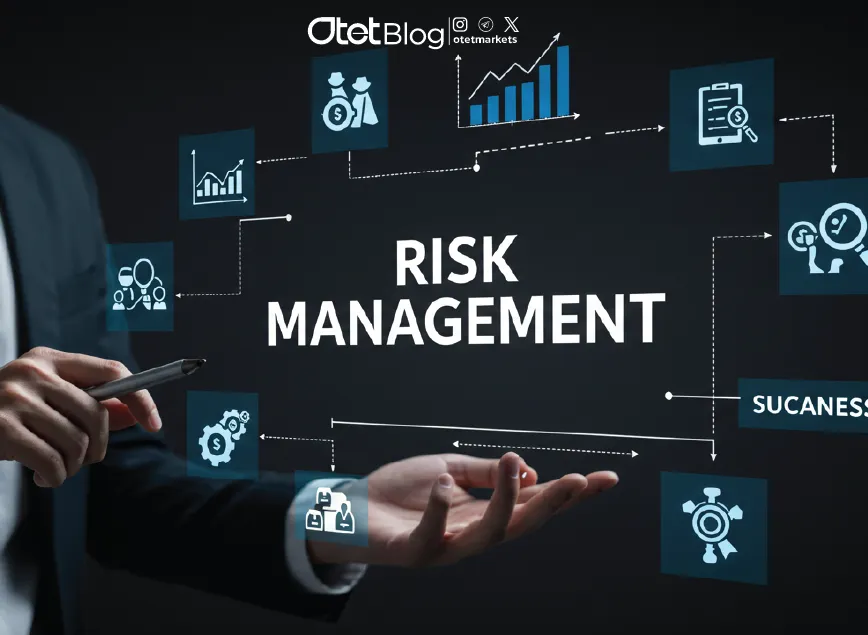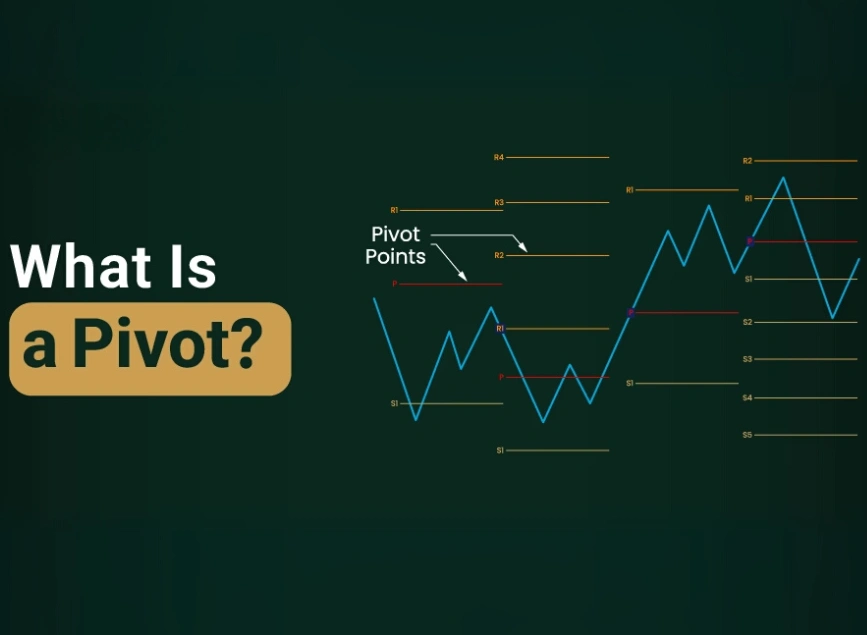
Risk Management: The Key to Success in Financial Markets
Estimated reading time: 4 minutes
Table of contents
Investing in financial markets comes with opportunities and risks. While the potential for profit is enticing, every investor must acknowledge the possibility of losses—even the complete loss of capital. That’s why understanding risk management is crucial for making informed investment decisions.
Before you start investing, ask yourself: how much risk am I willing to take to achieve my financial goals? In this guide, we’ll explore the fundamentals of risk, different risk management strategies, and practical ways to minimize losses.
What is Risk?
Risk refers to the possibility of losing part or all of your investment. Every financial decision carries some level of risk, and managing it effectively is key to long-term success. The goal of any investor is to reduce unnecessary risks while maximizing potential gains within an acceptable comfort level.
What is Risk Management?
Risk management is the process of evaluating and controlling risks associated with financial activities. Each investor has a unique risk profile shaped by their personality, financial goals, and investment timeline. By understanding your risk tolerance, you can create a strategy that aligns with your comfort level and financial objectives.
Read More: Risk Management in Trading: A Comprehensive Guide
Types of Risk Management Strategies
Different investors have different risk appetites. Here are three common approaches to risk management.
Conservative Approach (Low Risk, Steady Returns)
Prioritizes capital preservation over high returns. Focuses on stable, low-risk investments. Best suited for those who want to offset inflation and minimize losses. Often preferred by cautious investors who carefully research their options before making a move.
Moderate Approach (Balanced Risk and Reward)
Willing to take some risks for higher potential returns. Accepts short-term losses in exchange for long-term growth. Seeks diversification to balance risk and reward. Ideal for investors looking for a mix of stability and profit potential.
Aggressive Approach (High Risk, High Reward)
Investors actively seek high-risk opportunities for significant returns. Accept short-term volatility as part of the investment journey. Often invest in stocks, cryptocurrencies, and volatile markets. Best suited for experienced investors with a strong appetite for risk.
Key Factors That Affect Risk Management
Your risk management strategy depends on several factors, including:
Investor Psychology
Your personality, risk tolerance, and emotional response to losses play a crucial role in shaping your strategy.
Age and Time Horizon
Younger investors often take more risks since they have time to recover from losses. Older investors may prefer stability as they near retirement.
Experience and Knowledge
Investors with more experience tend to make informed decisions and manage risk better. Learning about markets reduces uncertainty.
Portfolio Size and Money Management
Larger portfolios can afford more diversification, spreading out risks. Proper money management ensures you don’t invest beyond your risk capacity.
How to Determine Your Risk Management Strategy
Before deciding on an investment approach, assess your risk tolerance. Here’s how:
Take a risk assessment test – Many online tools help evaluate your financial risk appetite. Be honest about your comfort level – If losing 20 percent of your portfolio stresses you out, an aggressive strategy might not be for you. Consider your investment goals – Are you aiming for long-term wealth, passive income, or quick profits? Evaluate your financial situation – Never risk money you can’t afford to lose.
Read More: Financial Literacy: What It Is and How It Helps You
Sample Risk Assessment Questions
These questions can help you determine your ideal risk profile.
What is your main investment goal?
A) Capital preservation – I want my investment to be safe.
B) Regular income – I want steady cash flow.
C) High growth – I aim for maximum profit over time.
What is your investment timeline?
A) Short-term (I may need to withdraw funds soon).
B) Medium-term (Up to 5 years).
C) Long-term (5 or more years).
How much annual return do you expect?
A) Up to 5 percent (low-risk investments).
B) 10 to 15 percent (balanced risk-reward).
C) 20 percent or more (high-risk, high-reward).
How do you feel about investment losses?
A) I can’t tolerate any losses.
B) I’m okay with short-term drops but will adjust my strategy if losses exceed 20 percent.
C) I accept fluctuations and focus on long-term gains.
How much time do you want to spend managing your investments?
A) Minimal – I prefer a passive approach.
B) Occasionally – I check my portfolio once or twice a month.
C) Actively – I enjoy managing my investments regularly.
Interpreting Your Results
Mostly A’s: You have a conservative risk profile and should focus on low-risk investments. Mostly B’s: You fall into the moderate category and should aim for a diversified portfolio. Mostly C’s: You are an aggressive investor who can handle market fluctuations for higher rewards.
Conclusion: Risk and Reward Go Hand in Hand
Making smart investment decisions requires understanding risk and managing it wisely.
High risk leads to high reward. Low risk results in lower but more stable returns.
New investors often dream of quick profits, but experience shows that avoiding heavy losses is the real key to success.
Final Tip
First, protect your capital—then focus on growing it. Smart risk management ensures that even in volatile markets, you stay on track toward financial success.
Share
Hot topics

ECN vs Standard Account: Which Is Better
If you have put in any time learning to trade Forex, you will find yourself faced with some kind of decision on what account type to pick. Although this may...
Read more




Submit comment
Your email address will not be published. Required fields are marked *